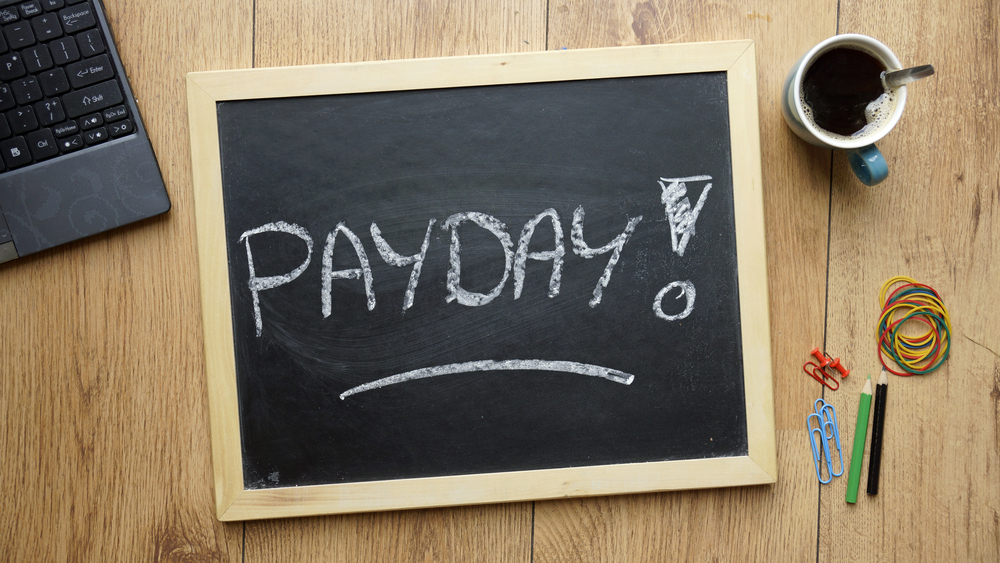How-Tuesday: How to Stop Living Paycheck to Paycheck
Thirty-eight million households in the United States today live paycheck to paycheck. Sure, many of these households own their own home or contribute to their retirement savings, but after bills are paid and the necessities are purchased, they have no extra cash on hand.

So, what happens when they're hit with an unexpected medical bill, a costly car repair, or sudden job loss? Disaster strikes. And if no action is taken, it'll just keep snowballing into a bigger and bigger problem. It's time to break the cycle. Here are six tips to get you started.
Pretend You Earn Less Than You Do
Many of us have experienced it - a huge pay increase, but nothing to show for it at the end of the month. That's because we get used to the extra money coming in, so our spending habits increase, too, whether we're aware or not.
Think about how thrifty and frugal you had to be as a college student or when you were just starting out on your own, and strive to continue living that way, even though you don't have to. One way of going about this and sticking to it is by "zeroing out" your checking account at the end of each month.
Once you've paid the bills, transfer your funds into a savings account or emergency fund and set a limit of leaving only what you need to get by in your checking account. Give the envelope system a try - withdrawing a set amount of cash each week and allowing yourself to use only that. Once it's gone, it's gone.
Starting small, aim to eventually set aside 10% of your paycheck for savings (in addition to your 401(k) or IRA contributions.) By doing this gradually, say, starting at 3-4% and increasing over time, you won't even notice the "missing" dollars from your paycheck.
Create a Budget
The bottom line when it comes to saving is simple: spend less than you earn. But, as most of us have learned, it can be incredibly hard to do, especially without a budget. You can go about this using any method that works best for you, whether it's utilizing free personal finance apps like Mint or going old school with a spreadsheet. It doesn't matter how you budget, just make sure you do it. | How to Create a Budget
Build an Emergency Fund
Once you've created a budget, you'll be able to determine how much you can afford to set aside in an emergency fund each month. Having this in place will make unexpected medical bills, home repairs, and other costly life events a little easier to handle, and won't completely throw off your savings progress. | How to Start an Emergency Fund
Pay Down Debt
Once you've gotten your emergency fund in a comfortable place, you can really start tackling your debt. Continue making the minimum required payments on all of your large debts and really tackle the smallest one first. Make larger-than-minimum payments on your smallest debt first - focus your energy and efforts on that one, and once it is paid off, move on to the next, and so on and so forth. | Debt Snowball Plan
Consider Downsizing
If you're really struggling and want to see even bigger results, consider making some lifestyle changes to get you back on track. This might mean moving into a smaller apartment or home, selling some of your belongings, ditching the gym membership, and brown-bagging your lunch during the workweek. Over the course of several months, these changes will result in some major savings. | 5 Tips for Downsizing
Supplement Your Income
You don't necessarily have to get a second job to supplement your income. Finding creative ways in your spare time to rake in a little extra cash might prove to be exactly what you need to feel more comfortable in between paydays. | How to Supplement Your Income Without Getting a Second Job
